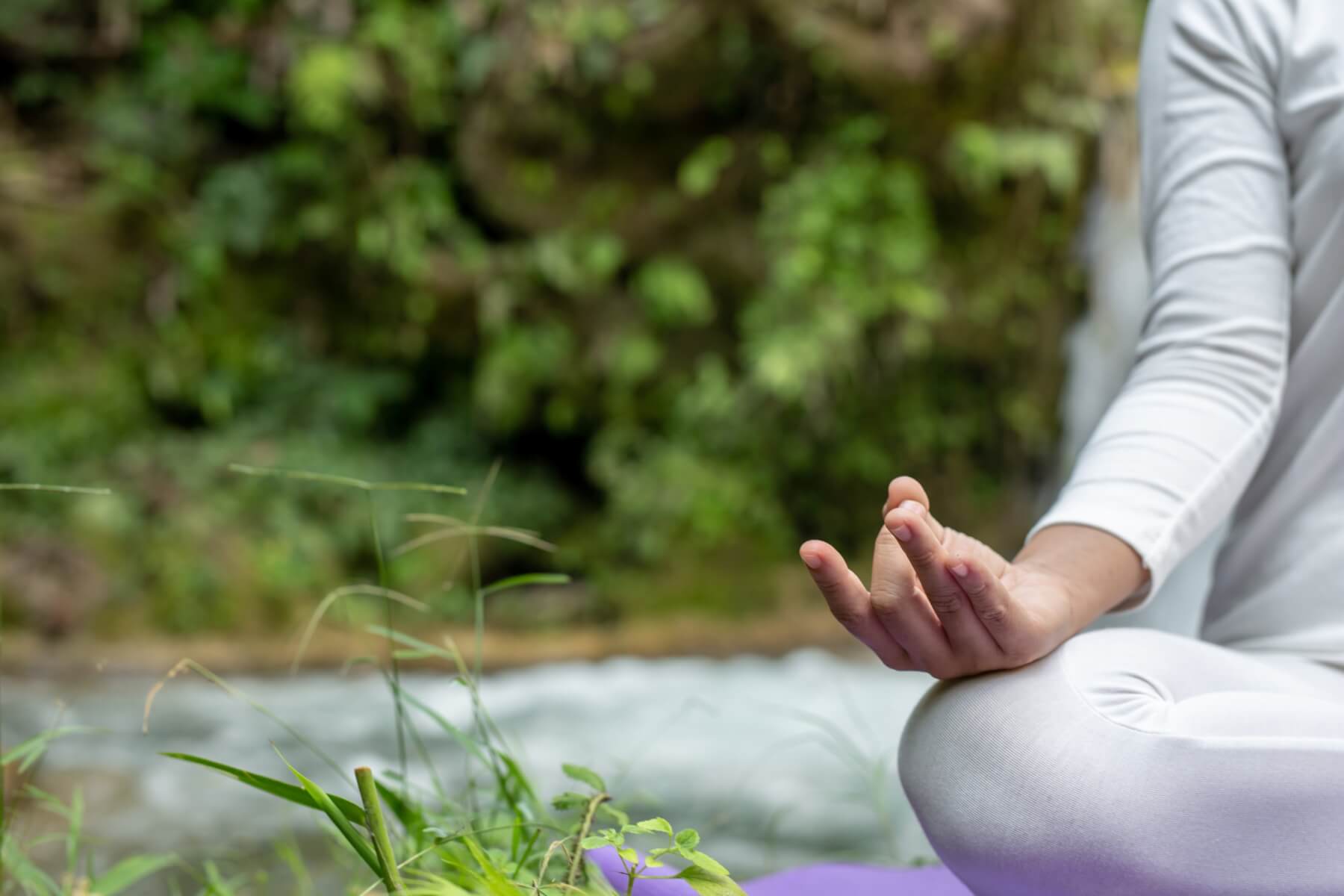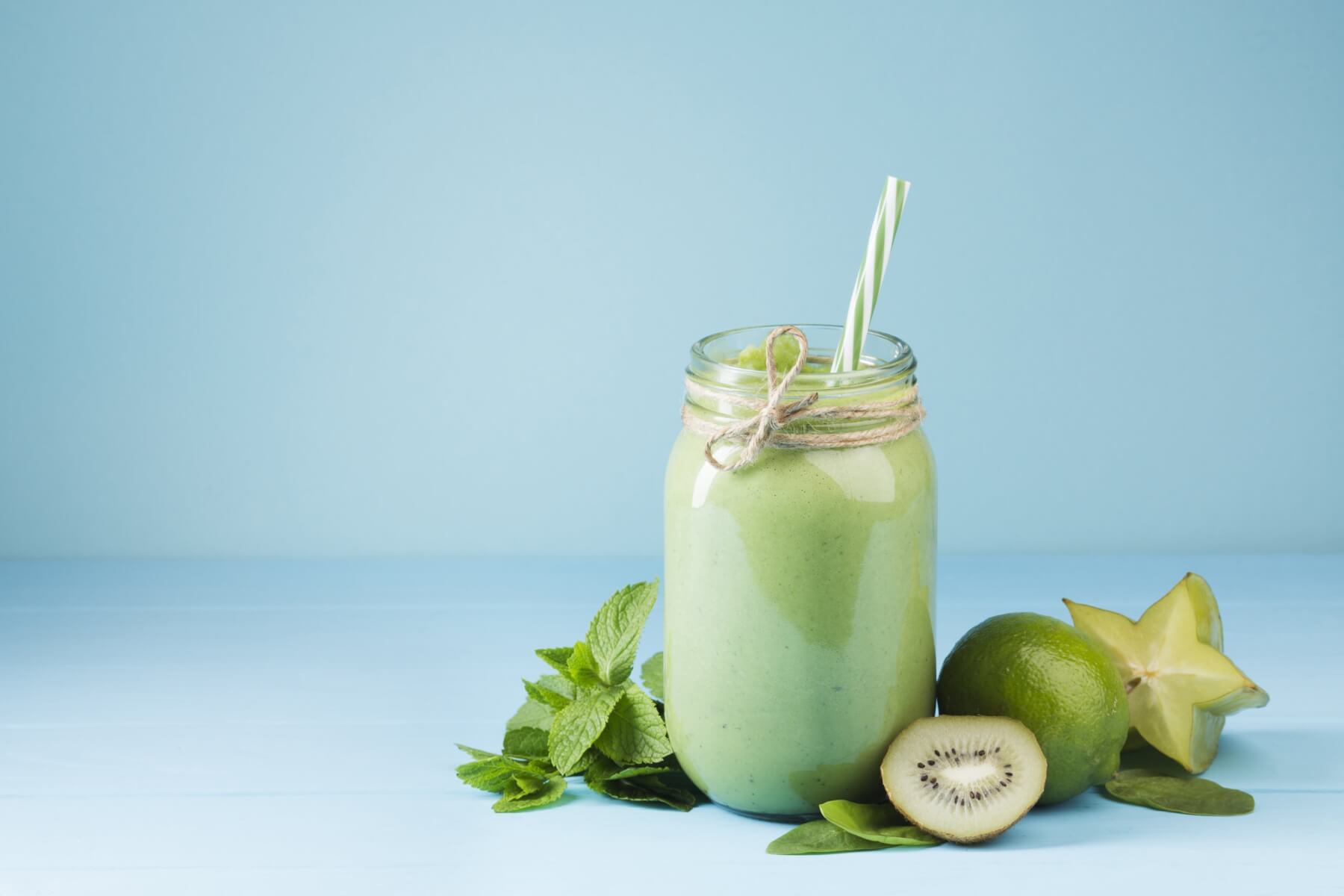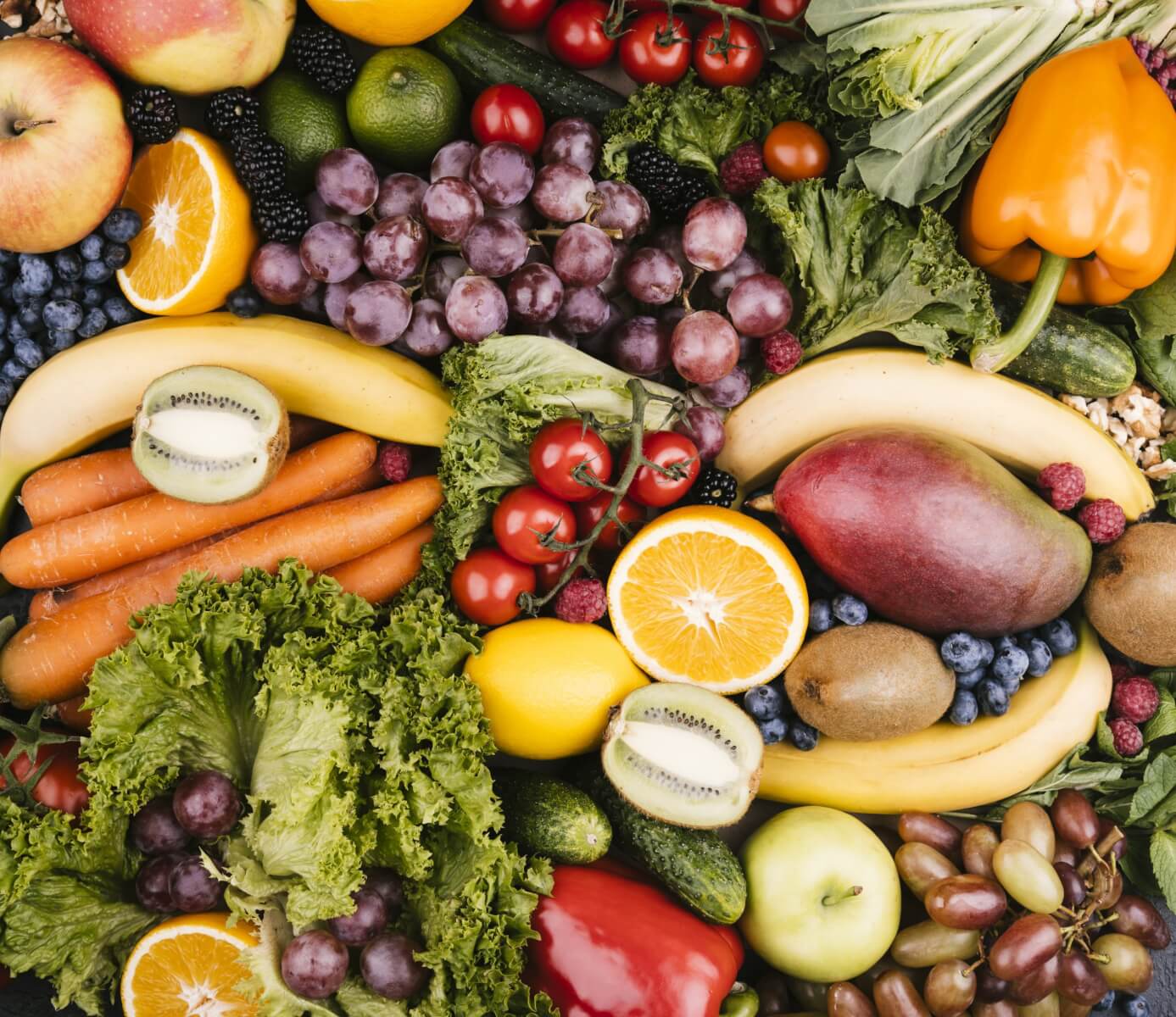1. Headstand (Sirsasana)
Known as the King of Asanas, the headstand is one of the most beneficial yogic postures for the human body. In addition to improving the brain’s capacity, releasing any pressure in the lower back and improving circulation, the complete vertical inversion of this pose effortlessly invites blood, oxygen and nutrients to the heart and brain.
2. Shoulderstand (Sarvangasana)
Yogis come out of a Shoulder Stand feeling incredibly renewed and refreshed! Providing similar benefits to those of the Headstand, this posture also stretches the neck, activates the thyroid glands, detoxifies the body and allows deep breathing by restricting the use of the top of the lungs.
3. Plough (Halasana)
Continuing the effects of the Shoulderstand, the Plough pose activates and massages the internal organs by putting gentle pressure on the abdomen. It also promotes flexibility of the spine and stretches the back and shoulders, leaving the entire body feeling uplifted and rejuvenated.
4. Fish (Matsyasana)
To counteract the stretch of the neck and spine in the Shoulderstand and Plough pose, the Fish pose now arches them back while expanding the chest. This allows an influx of fresh oxygen to enter the body. It should be practiced directly after the Shoulderstand series in order to reap its full benefits and correct the body’s alignment.
5. Seated Forward bend (Paschimothanasana)
Together with the Headstand and the Shoulderstand, the Seated Forward Bend is said by Swami Sivananda to be one of the three poses required for perfect health. This posture stretches the hamstrings, lengthens the spinal column, calms the nervous system, activates the internal organs and keeps the waist and abdomen trim and toned.
6. Cobra (Bhujangasana)
The Cobra pose is a dynamic backward stretch for the upper body and spine. In addition to being incredibly empowering, this posture strengthens the back muscles, activates the internal organs and aids in the elimination of wastes from the body.
7. Locust (Shalabhasana)
The leverage and lift of the body in this pose requires a higher degree of lower body strength than other asanas. Being a backward bend, it improves the functioning of the entire digestive system and strengthens the legs and the core muscles.
8. Bow (Dhanurasana)
The Cobra and the Locust together become the Bow Pose, a powerfully effective posture for a supple spine and a strong back. The weight of the body on the abdomen reduces excess fat, keeps the internal organs healthy and is a boon for the reproductive system.
9. Half Spinal twist (Ardha Matsyendrasana)
Twisted poses such as the Half Spinal Twist do wonders for the body by gently rotating the spinal column, improving digestion and circulation, encouraging toxins out of the body and restoring the internal organs into their natural positions.
10. Crow (Kakasana)
The Crow is the first of many arm balancing postures in Yoga. It not only strengthens the shoulders, arms and wrists, but also invites deep breathing and substantially improves the powers of concentration.
11. Standing Forward Bend (Uttanasana)
The standing forward bend, similar to the seated version, improves flexibility and contributes to a more toned mid-section. The gentle and comforting inversion of the upper body calms the central nervous system, relaxes the mind and relieves stress and fatigue.
12. Triangle (Trikonasana)
This standing posture forms the final of the twelve basic yoga poses. In addition to improving balance and making the legs long and strong, the lateral spinal stretch regulates the digestive system and defines the waist.



